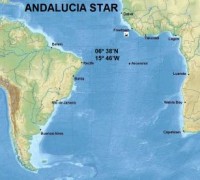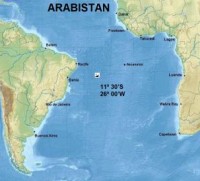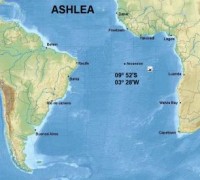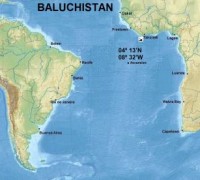- A B C
11)ANDALUSIAN U-106*
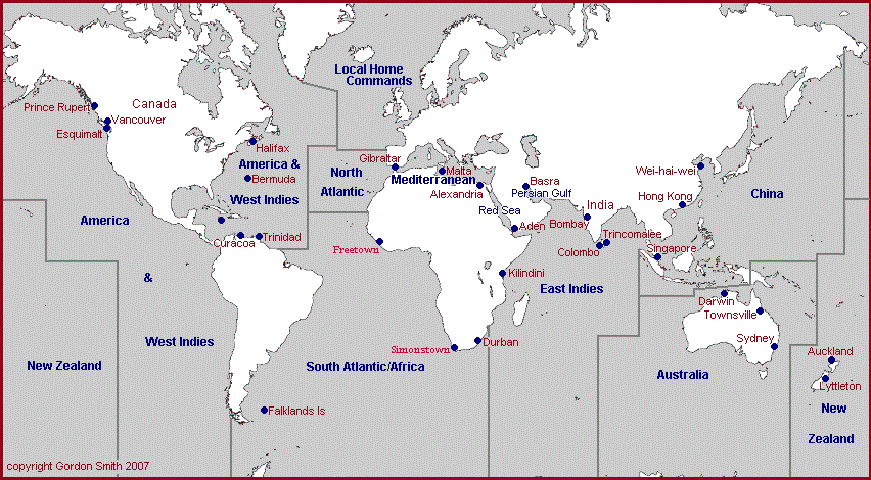
https://www.naval-history.net/Maps1939-08RNStations.GIF
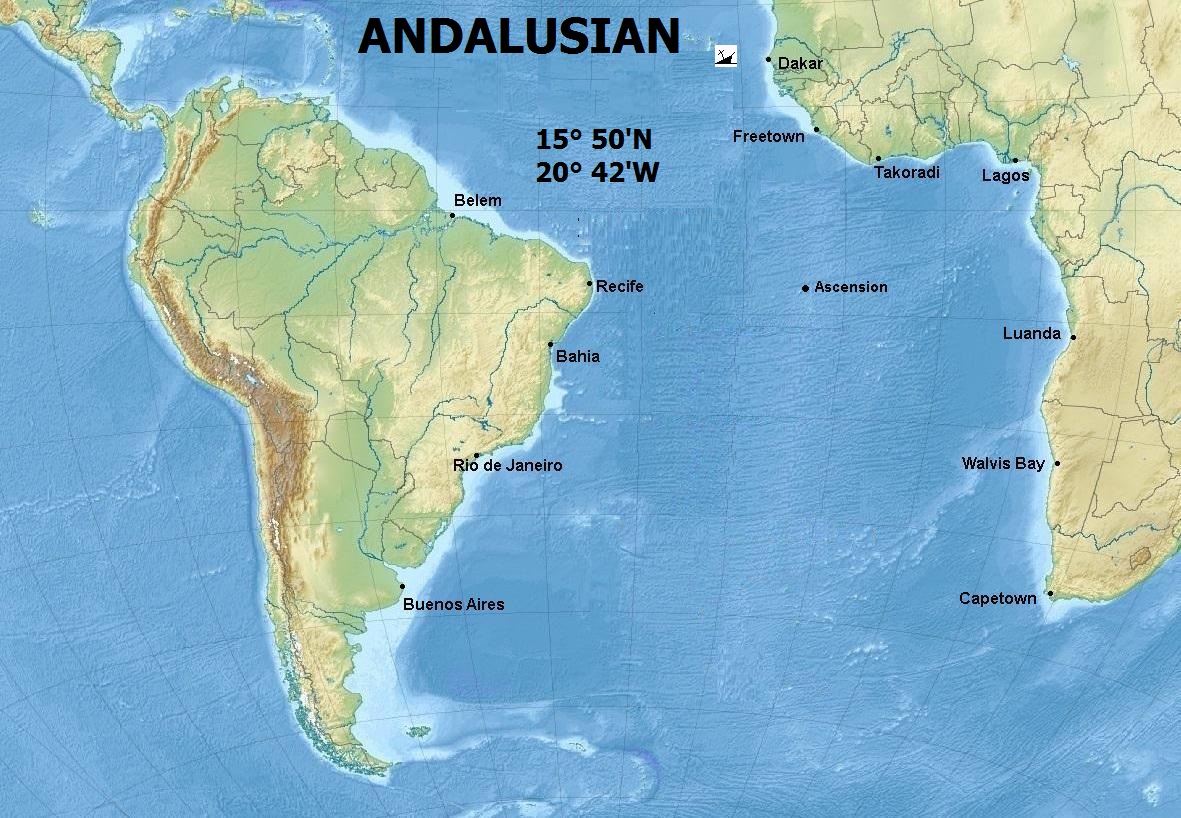
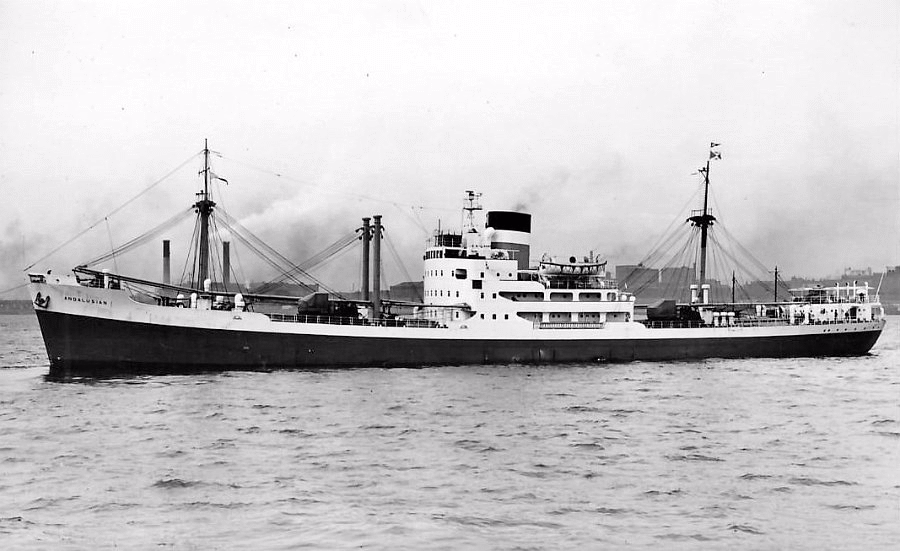
Photo. www.photoship.co.uk

Built: 1918
Tonnage: 3,082 / 5,462
Cargo: 3,231 tons of cocoa beans
Route: Freetown - Oban - London
Sunk 17 MAR 41 by U-106 on pos. 15° 50'N, 20° 42'W
0 Dead
42 Survivors
Between 21.07 and 21.10 hours on 17 March 1941, U-106 fired four single torpedoes at ships in the convoy SL-68 about 110 miles east of the Cape Verde Islands and claimed three ships with 21,000 grt sunk and another with 7000 grt damaged after hearing four detonations, although only one hit could be observed in the very dark night. In fact, only two ships, the Tapanoeli in station #12 and Andalusian in station #45 were hit by one torpedo each and sank.
Andalusian (Master Harry Bourne McHugh) was struck on the port side between #1 and #2 holds by the third torpedo fired by the U-boat while steaming at 6 knots and preparing to carry out an emergency turn after they had witnessed the hit on Tapanoeli. The ship immediately listed heavily to port at an angle of approx. 40° and began to settle by the head. The crew of 40 men and two gunners (the ship was armed with one 4in, one 12pdr and three machine guns) abandoned ship in two lifeboats in a moderate to rough sea about 15 minutes after being hit and without sending a distress signal or firing rockets as everything had been thrown into confusion on the bridge.
Andalusian had slowly righted herself to a list of about 10° before being abandoned and was last seen well down by the head and water pouring over her deck amidships, but she apparently sank about 22.15 hours because flares from rafts that floated free were seen at that time. Afterwards the survivors saw the silhouette of a merchant vessel nearby that was evidently trying to locate the lifeboats in the darkness, but was seen to leave after two burst from a machine gun were heard. Fearing being targeted by the U-boat the occupants in the boat in charge of the chief officer crouched low under cover.
The lifeboats had lost contact to each other as soon they were launched and the starboard boat in charge of the master with 23 occupants hoisted sail and steered towards Bathurst, but after making about 130 miles they were picked up by the Portuguese steam passenger ship Nyassa and landed at Funchal. The port boat with the chief officer and 18 men remained on the scene until daylight and then encountered the lifeboats from Tapanoeli, exchanging greetings and directions to the Cape Verde Islands with them. They reached Boa Vista on 19 March, but were unable to find a suitable landing place and rode to a sea anchor for the night before trying to land on a sandy beach in the afternoon of 20 March.
The boat was swamped by the very high surf, but all hands jumped clear and pulled the boat in. They removed all gear and made a camp to dry their clothes and blankets, eat some food and rest. The following morning two parties went to search for habitation and they soon found settlers, who were very hospitable and brought the survivors on donkeys to an anchorage 10 miles away, where they boarded the Portuguese steam merchant Vinte e Oito de Maio and found some of the Dutch survivors they had met earlier already on board. The ship brought them to St. Vincent on 23 March after proceeding to San Nicholas to pick up survivors from the British steam merchant Clan Macnab, which had also been in convoy SL-68 and foundered after a collision with the Norwegian motor tanker Strix on 17 March.
By Andalusian (British Steam merchant) - Ships hit by German U-boats during WWII - uboat.net
